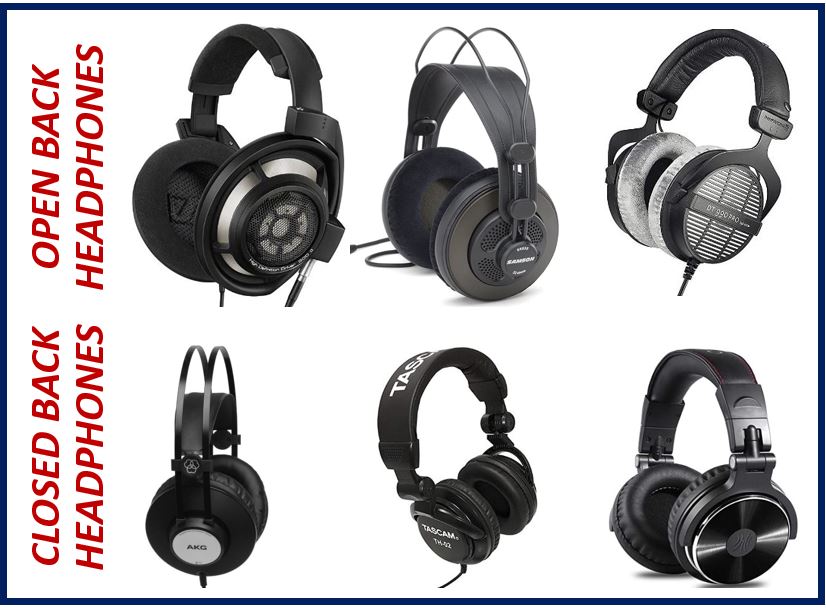Headphones play a significant role for someone who is linked with sound or audio production. Traditional headphones are way simpler for the likes of music producers, DJ’s, or any other music enthusiast.
For professionals, only a quality top-notch headphone does the trick. Check out headphone reviews at Audio Direct. Professionals have to consider sound quality, noise elimination, echoes, and other aspects while choosing their pair of headphones. So, the studio headphones are supposed to present a flat frequency and uniform sound pitch, which helps the person to hear exactly what they are supposed to. These headphones are a prerequisite for producing quality music.

Types of Headphones
Open & Closed Back Headphones
Studio Headphones are further sorted into two main categories; open and closed back headphones. Both of these types ensure premium sound quality but are differentiated on certain features.
Open Back Headphones
Open back headphones provide air passage through the ears and hence, effectively eliminate echo inside the headphones. If an individual is looking for more natural and clear sound with excellent quality, it is the budget open back headphones they are looking for.
However, these headphones are not effective in a noisy environment, as the sound comes out and goes in these headphones, accounting for its open back. If used in a controlled environment, open back headphones produce unparalleled sound results as of a studio. They are excellent in pitching high quality audio files critically, but they are fragile and sensitive to moisture and should be handled with care. Studio Professionals who aim to achieve an authentic and all-around sound experience prefer budget open back headphones.
Closed Back Headphones
On the other hand, closed back headphones are responsible for creating an isolated environment around the listener, which is its most significant selling factor. These headphones block any kind of sound or noise to enter from the outside environment, and they also ensure that the music does not leak out from the headphones. It gives the freedom to listen to music in crowded or noisy places, but simultaneously there is a risk of echo being produced within the headphones.
Closed back headphones can assist in mixing music of different wavelengths. Hence, they are sealed and do not account for natural music and mess up the bass notes. These headphones are preferred by the general public to listen to music in crowded places. However, for studio professionals, these headphones cannot be effective as they usually aim for original and natural headphones. Although comparatively closed back headphones are more resistant to external factors and can last longer than open back headphones.
Semi-Open Back Headphones
There is another type of headphone, usually called semi-open back headphones, which are a mix of open back and closed back. They carry a few features of both the types, as mentioned above, along with the disadvantages. They are not preferred for general use, let alone the professional use.
Preference of Studio Professionals
Headphones carry immense significance for studio professionals, as their careers rely on the quality of music they produce for their audience. Comparing the features of different headphones, it can be concluded that budget open back headphones edge out closed back headphones for professional use. As the studios are established in a controlled environment, blocking noise is the least of their concern.
Professionals primarily focus on the quality of sound, elimination of echo, and non-mixing of different sounds. All of these features are more or less found in a budget open back headphone. These headphones are further classified into different types and models, each of which carries any specialized feature. Open back headphones also come at a range of prices, depending on its quality, brand, and advanced specifications. So, it is up to studio professionals to choose according to their needs and requirements.

